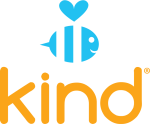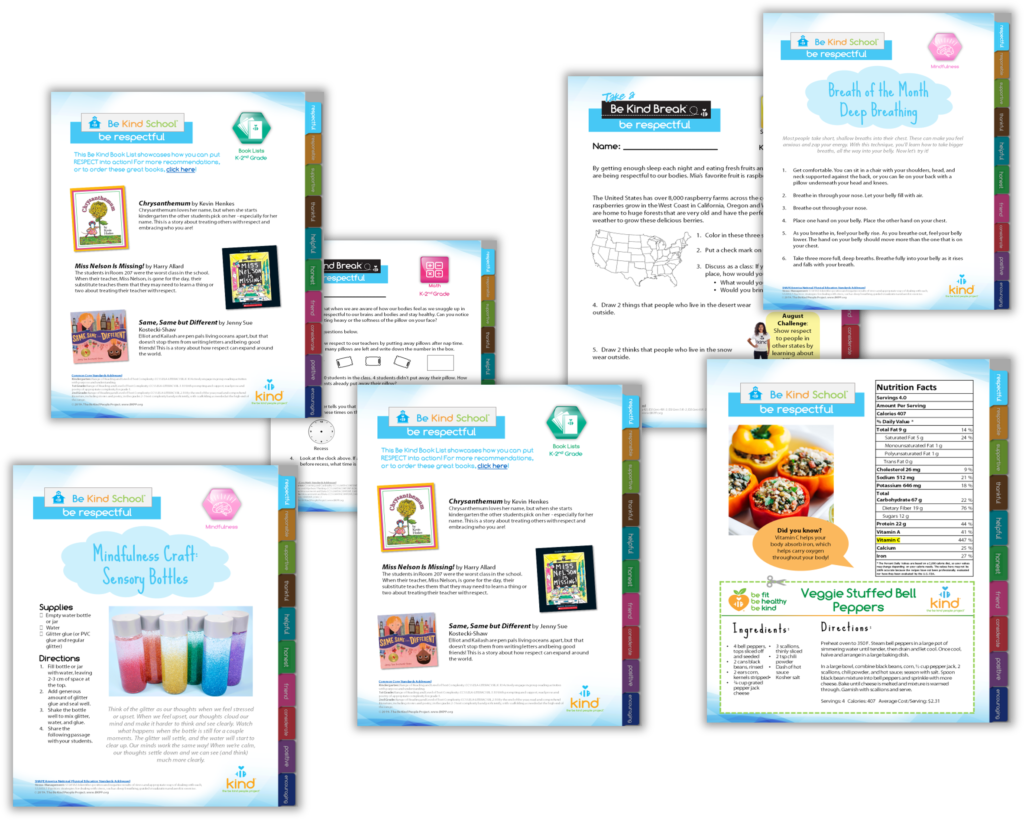- About
- Programs
- After School Classes
- All-School Assemblies
- The BE KIND Business
- The BE KIND Community Education Center
- The BE KIND SCHOOL
- BE KIND on the MOVE
- Classroom Resources
- #CyberSkills
- Family Engagement
- Fitness Programs
- Gardens
- Grace’s Group
- Health & Wellness
- Summer Programs
- Teacher Training
- Wellness Wednesday
- Athletes for Arizona
- Events
- Get Involved
- Donate
Empowering Pain Management Practices
- Home
- Wellness Wednesday
- Disease Prevention
- Empowering Pain Management Practices
The Opioid Epidemic: Finding Comfort in the Storm
A Guide to Effective Pain Management

Understanding Opioid Addiction and Alternative Pain Management Practices
In today’s Wellness Wednesday, we’re looking closely into the critical topics of pain management, substance abuse, and community resources. We understand the challenges that individuals face when navigating these interconnected issues, and we’re here to shed light on effective solutions and support. From empowering pain management techniques to addressing substance abuse with compassion, we’ll explore the vital role of community resources and occupational health in creating a healthier and more resilient society. Together, we’ll uncover valuable insights and expert advice to help you, or your loved ones find relief, support, and hope on this journey to well-being.
What is Pain?
Pain is an unpleasant signal in your nervous system that something hurts. It’s your body’s way to protect itself and communicate with you when something is not right, causing you to take certain actions and avoid others. Pain is an important part of life and is used as a warning mechanism that protects you from harm. When you’re in chronic pain, it’s essential to work with a doctor to try and find the root cause and ideally prevent or decrease future pain.
Pain Management Options – Know the Facts
When you find yourself in pain, it’s important to know your options. The National Library of Medicine Reports, “The United States is currently in the midst of an opioid epidemic. Moreover, there is limited evidence supporting the use of long-term opioid use for managing chronic pain. The list of non-opioid treatments for pain is extensive. It includes medications such as NSAIDs, acetaminophen, corticosteroids, antidepressants, anticonvulsants, and topical medications. Physical therapy, chiropractic therapy, acupuncture, TENS unit, and behavioral therapy are other treatment modalities.”
Healthy Habits to Manage Pain
Take a look at these pain management techniques with U.S. Pain that go beyond just medications, offering hope for a brighter, pain-free future.
- Massage Therapy: Massage can help relax muscles, improve circulation, and reduce muscle tension, providing relief for pain associated with musculoskeletal issues.
- Sleep Improvement: Poor sleep can worsen the perception of pain. Creating a conducive sleep environment and adopting healthy sleep habits can promote better rest, leading to improved pain management.
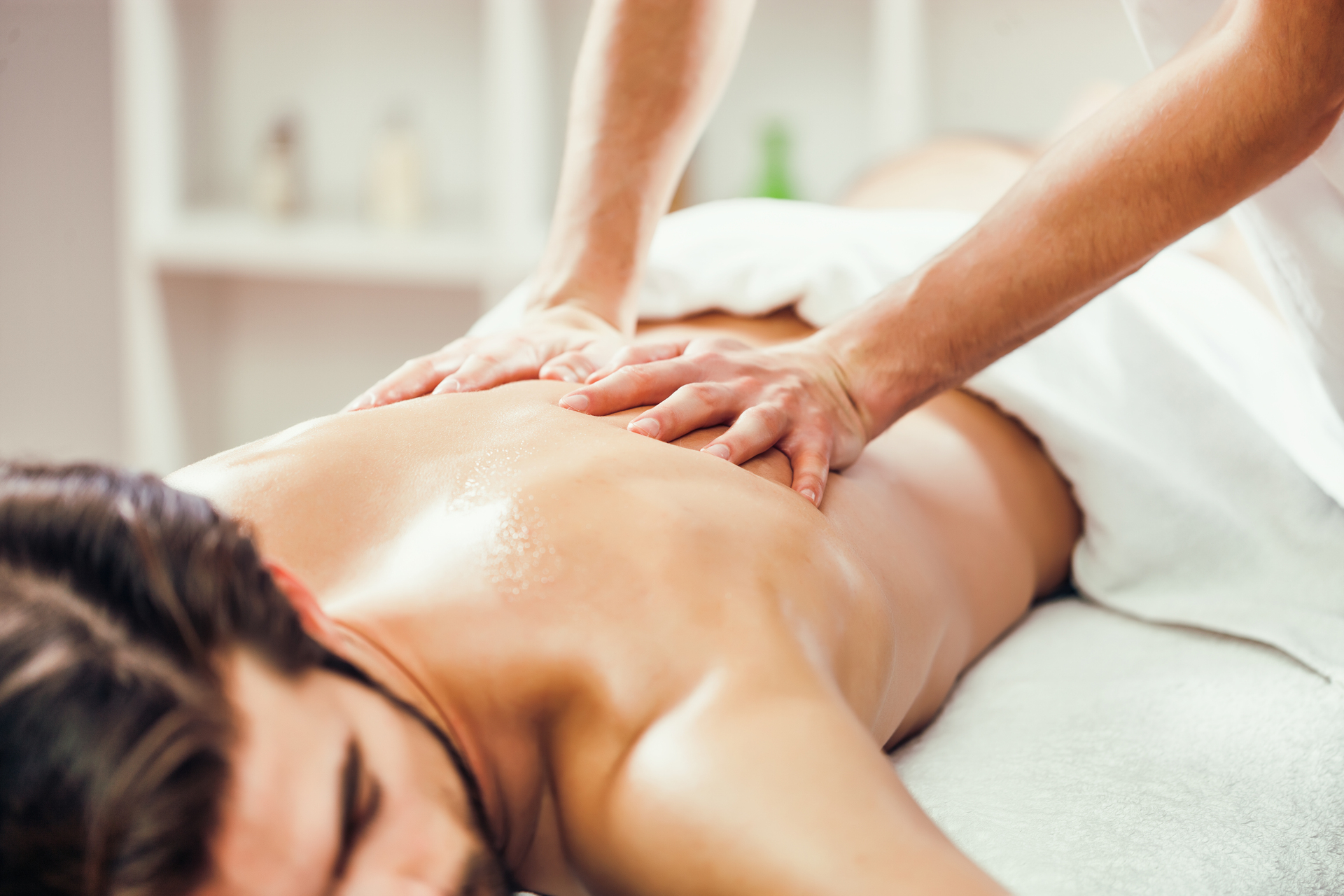
- Mindfulness and Meditation: Practicing mindfulness and meditation can help individuals become more aware of their pain and develop a non-reactive and accepting attitude towards it. This can reduce the emotional distress associated with pain and improve the perception of pain intensity.
- Movement and Exercise: Engaging in regular physical activity, such as yoga, tai chi, or gentle stretching, can help improve flexibility, strength, and mobility. Exercise also triggers the release of endorphins, the body’s natural painkillers, providing natural pain relief.
- Nutrition: A balanced and nutritious diet can play a significant role in managing pain. Foods rich in anti-inflammatory properties, such as fruits, vegetables, whole grains, and healthy fats, can help reduce inflammation and alleviate pain.
Remember, a holistic approach to pain relief is not a one-size-fits-all solution. It involves understanding individual needs and preferences and working with healthcare professionals to create a personalized pain management plan that integrates various modalities for optimal well-being.
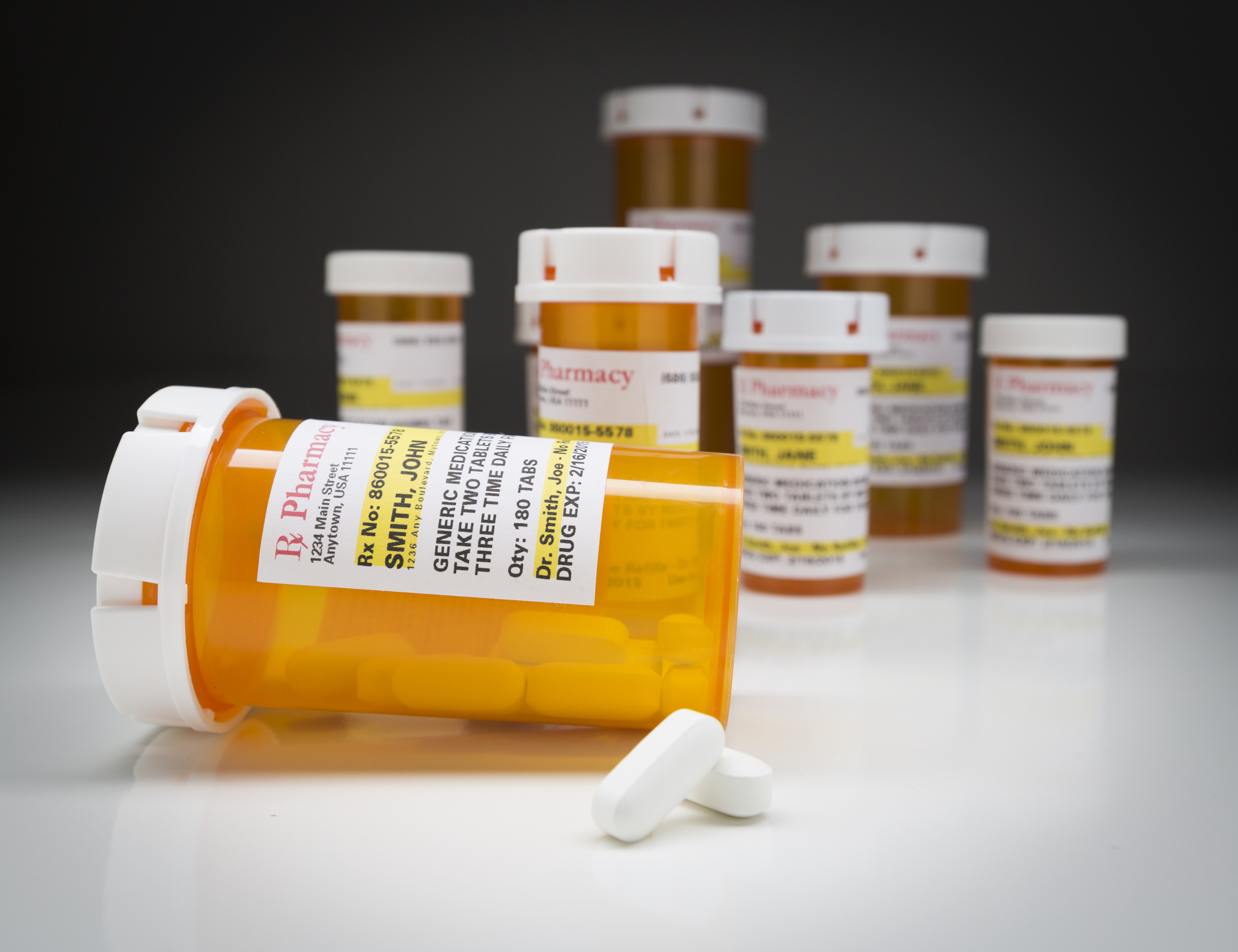
Opioid Epidemic – What happened?
In 2020, 142,816,781 opioid prescriptions were dispensed in America. According to the CDC, the number of overdose deaths involving opioids, including prescription opioids, heroin, and synthetic opioids (like fentanyl), in 2021 was 10 times the number in 1999. Opioids are highly addictive. According to the Truth Initiative, dependence can happen after just 5 days.
What is Opioid Abuse?
Opioid abuse refers to the misuse of prescription or illicit opioids, which can lead to physical and psychological dependence. Opioids are powerful pain-relieving medications that can also produce feelings of euphoria, making them highly addictive. When individuals misuse opioids by taking higher doses than prescribed, using them without a prescription, or using them for non-medical purposes, it can lead to addiction and significant health risks. Addiction can be a dark road, but it’s one that can be overcome. John’s Hopkins shares strategies for overcoming substance abuse.
Breaking Chains and Embracing Recovery
Embracing recovery from opioid abuse is a multifaceted and challenging process, but it is also an empowering journey toward reclaiming one’s life and well-being. Here are some essential steps in embracing the recovery from opioid abuse:
- Acknowledgment and Willingness: The first step towards recovery is acknowledging the problem and being willing to make a change. Accepting help and support is a significant aspect of this process.
- Seeking Professional Help: Engaging with healthcare professionals and addiction specialists is crucial for developing a tailored recovery plan. They can guide individuals through detoxification, medication-assisted treatment, counseling, and therapy.
- Building a Support Network: Surrounding oneself with a supportive network of friends, family, or support groups can make a tremendous difference in the recovery process. Having people who understand and encourage the journey can provide strength and motivation.
- Developing Coping Strategies: Learning healthy coping mechanisms is essential for managing cravings and avoiding relapse. This may include mindfulness techniques, stress management, and finding alternative ways to manage pain.
- Treatment and Therapy: Engaging in behavioral therapies, such as cognitive-behavioral therapy (CBT) or contingency management, can help individuals address the underlying causes of addiction and develop strategies for staying on the path of recovery.
- Nurturing Physical and Emotional Health: Prioritizing overall well-being, including regular exercise, proper nutrition, and adequate sleep, can aid in healing both physically and emotionally.
- Taking One Day at a Time: Recovery is a journey, and it’s essential to take it one day at a time. Celebrate each small victory and recognize that setbacks are a natural part of the process.
- Avoiding Triggers: Identifying and avoiding triggers that may lead to drug use is crucial for maintaining recovery. This may involve changing social circles, avoiding high-risk situations, or seeking professional help to address co-occurring mental health issues.
- Embracing Positivity and Hope: Recovery requires a positive mindset and a belief in the possibility of a better future. Focusing on the progress made and envisioning a life free from addiction can be motivating.
It may have its ups and downs, but with the right support and determination, individuals can break free from the chains of addiction and discover a healthier and more fulfilling life.
Community Resources – Strengthening the Safety Net
Communities are the backbone of support. We’ll highlight the invaluable resources available, fostering a sense of belonging and empowerment for those seeking help looking at Addiction Centers’ resources.
- Support Groups: Support groups for individuals dealing with pain management and addiction offer a safe and non-judgmental space to share experiences, seek advice, and receive encouragement from others who have faced similar challenges.
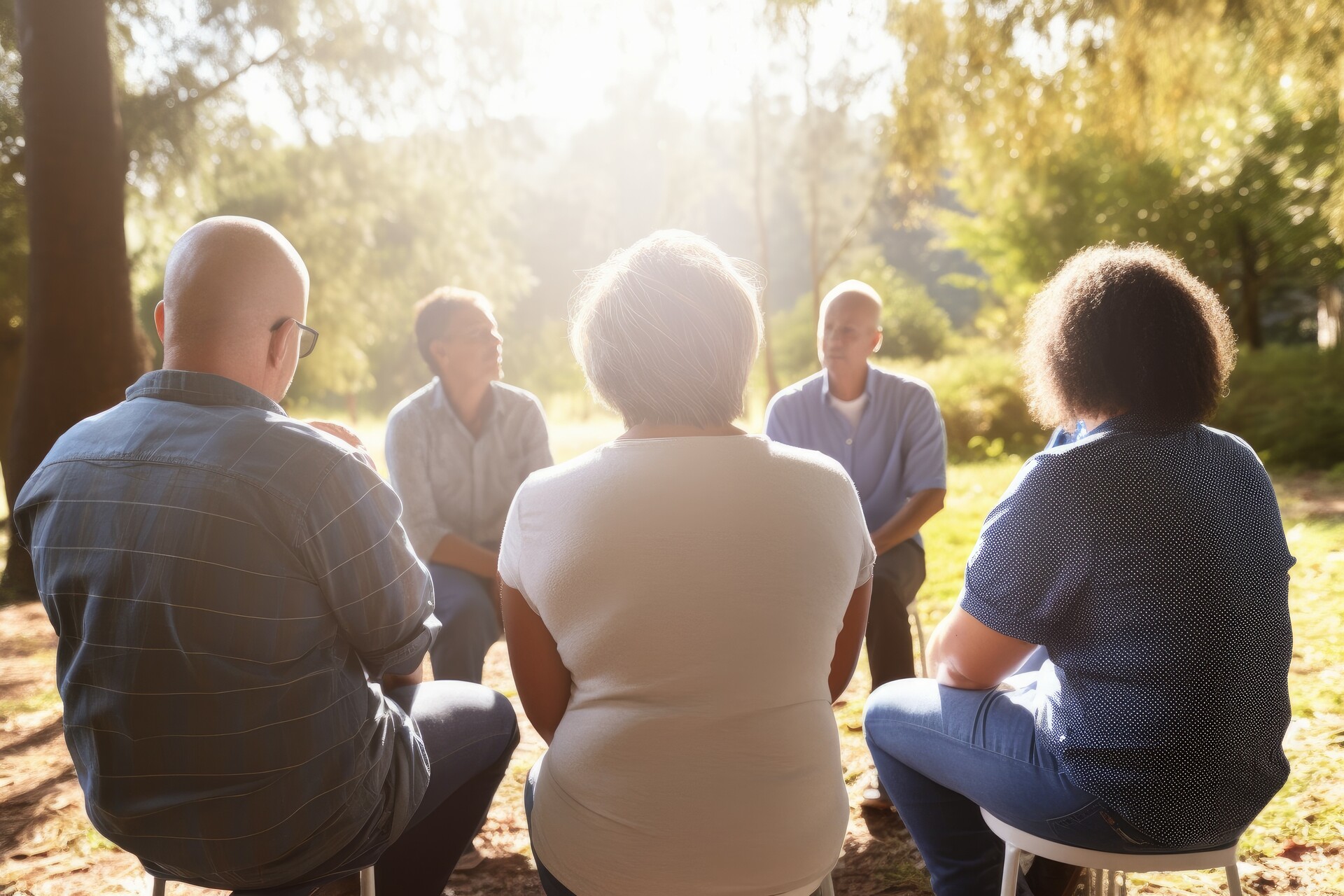
- Addiction Helplines: Addiction helplines provide immediate access to trained professionals who can offer guidance, information, and support for individuals and their loved ones seeking help for addiction. SAMHSA’s National Helpline is a free, confidential, 24/7, 365-day-a-year treatment referral and information service: 1-800-662-HELP (4357)
- National and Local Associations: Organizations focusing on pain management and addiction, like the American Society of Addiction Medicine (ASAM) and the National Institute on Drug Abuse (NIDA), provide valuable information, research, and resources for those seeking help.
- Pain Management Specialists: Pain management specialists can offer alternative pain relief treatments and therapies that focus on managing pain without relying solely on opioids.
- Community Wellness Programs: Community-based wellness programs often include support groups, educational workshops, and outreach initiatives aimed at promoting a healthier and drug-free lifestyle.
- Recovery Apps and Digital Tools: Mobile applications and digital tools are available to provide daily support, track progress, and offer motivational content for those on the recovery journey. Some apps include: I Am Sober, Sober Grid, WEconnect, Nomo, SoberTool, and Recovery Box.
Remember, no one walks this path alone. Reach out for help, lean on your community resources, and embrace the power of professional guidance. Together, we can create a world where pain is managed with understanding, substance abuse is met with empathy, and occupational health is prioritized for overall well-being. Let’s continue supporting one another on this journey to a healthier and happier life. Together, we can make a real difference.
Published on September 20, 2023
Questions? Comments? Want to contribute to the Wellness Wednesday Blog?
Send your ideas to info@bkpp.org.

Learn More about The Be Kind People Project®
- Programs
- After School Classes
- All-School Assemblies
- The BE KIND Academy
- The BE KIND Business
- The Be Kind Break
- The BE KIND School
- The BE KIND on the MOVE
- #CyberSkills
- Family Engagement
- Fitness Programs
- Gardens
- Grace’s Group
- Health & Wellness
- Summer Programs
- Teacher Training
- Wellness Wednesday
- Athletes for Arizona
Copyright © The Be Kind People Project | Privacy Policy
